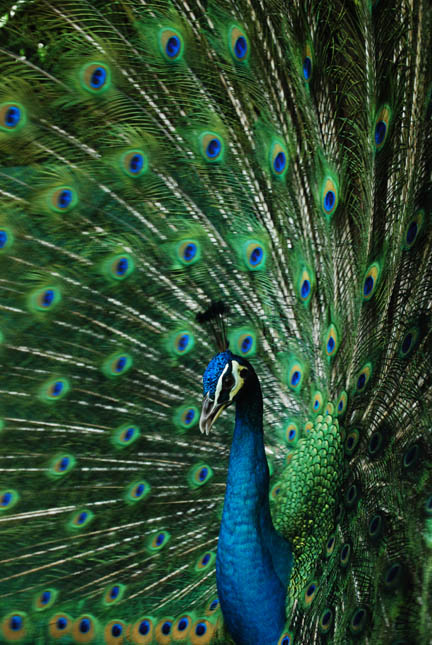We used to talk about the Silicon Valley, but nowadays it seems more appropriate to talk about that triad comprising San Francisco, the Peninsula, and San Jose. People prefer to talk about the Bay Area, but that includes too much "regular economy" to define correctly the locus of the current gold rush.
The previous gold rush was about the commercialization of the Internet and was called the .com boom. Today's rush is nicknamed Web 2.0, but it is much less of a technology rush. While .com came after the end of the cold war and the end of research labs spilling redundant scientists and researchers to fill the cubicles of technical entrepreneurs, Web 2.0 is much more about business.
The analogy is with patents. Gold diggers take an old business idea, add the word computer, get a patent, then sue the incumbents for patent infringement and get away with plenty of dollars.
In the real economy, the Web 2.0 entrepreneurs come up with an idea for a service that can be implemented on the Web. Today's various cloud providers make this very cheap and simple. The monetization consists in giving the impression that the service is free. In reality, the customers are used to crowd-source information by coaxing them to provide detailed information about themselves. This information can then be sold to one of the more than a thousand personal information brokers operating in the USA.
Recently, companies have been valued at up to $100 per customer, which is very high. Accordingly, investors are poring billions of dollars into this area. Because this is gambling and speculation, the amount of money is not a good indicator of the real economy here.
I tried to look at a more conventional technology, namely the storage industry. My data is just accumulated from press releases and is not authoritative nor complete, because I have not gathered it systematically. However, here it is:
On the abscissa we have funding dates, categorized by quarters. On the ordinate we have companies related to storage (my apologies for mistakes). Each point is an investment round. The diameter represents the accumulated funding so far of the company. You can click on a ball to see the details.
When there is a long horizontal line of regularly spaced balls of the same diameter, the start-up is not really taking off. When the diameter is rapidly increasing, the company is getting a lot of interest from the investors.
We see that as we move forward in time, many more companies are getting funded and some companies are real winners. This is a good sign, because it means that investors are not just gambling their money on social network companies but also investing in the nut and bold technologies that allow for a healthy sustainable future-oriented economy.
.jpg)







